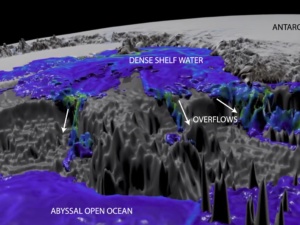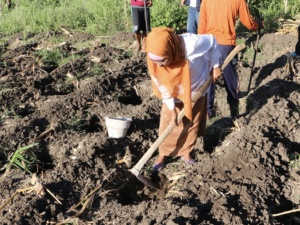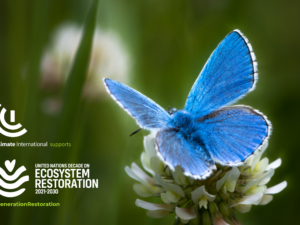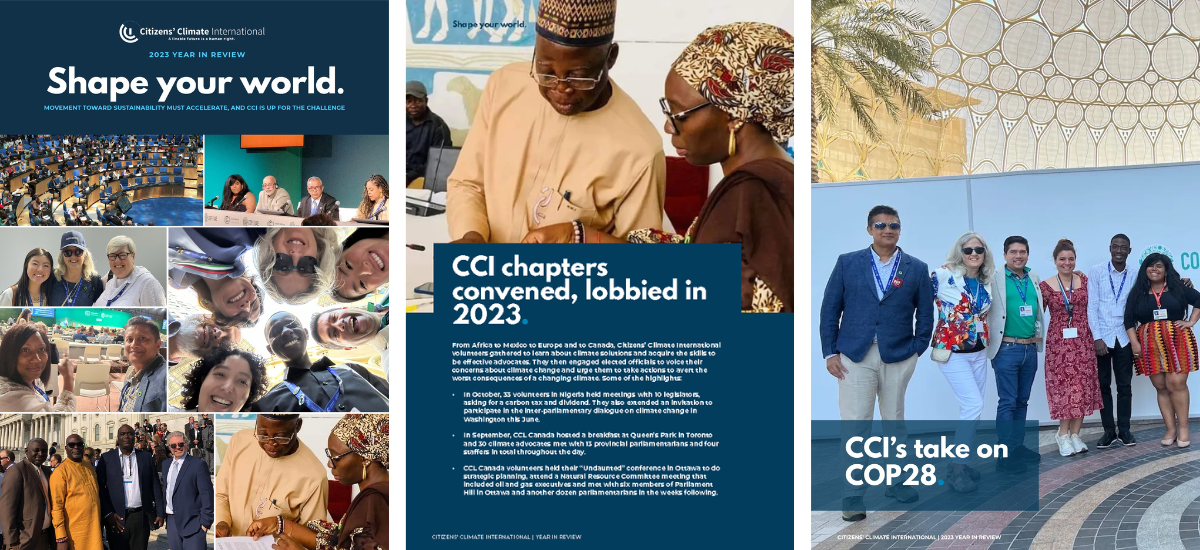
The health of nature is integral to human health and security.
There are many reasons human beings have sought through civilization, agriculture, and technology, to create barriers against the perils of a wild natural world. This does not mean we are secure in our humanness if nature is not also secure in being what it needs to be.
As we approach Part II of the 15th Conference of the Parties for the Convention on Biological Diversity (CBD15), taking place in December in Montreal, Canada, we are grappling with proliferating impacts of widespread nature loss. Climate change is one of the causes, along with pollution, deforestation due to agricultural land conversion, development of physical infrastructure, and accelerating urbanization.
The rate of zoonotic spillover—the transfer of infectious disease agents from wildlife to people—is accelerating, as we encroach on natural habitat and degrade ecosystems. These contagious diseases are also cost multipliers—compounding agents that add cost and risk to other ongoing crises.
The depletion of ecosystems is also a compounding agent. That means:
- As biodiversity and ecosystems are degraded, the nature we depend on becomes less capable and less resilient;
- Shock events, including climate change-fueled droughts, floods, fires, and other disasters, have more irreversible effects;
- Populations of pollinators and other vital ecosystem contributors are dislocated or depleted;
- It becomes harder for us to produce food, even in the most reliable breadbasket regions;
- The cost of producing everything essential for human existence increases, even as we have to spend more to respond to crisis.
In short, degraded biodiversity is degraded human security. We are part of nature; we need to support nature’s ability to thrive.
Go deeper
For more about the links between biodiversity and human health and wellbeing, please consult the following:
- Environmental health is human health (in support of the U.N. Decade of Ecosystem Restoration)
- Biodiversity shapes and sustains opportunity (a Resilience Intel brief)
- Invest at the Source (on the ocean-smart economy, from summit to seabed)
- The threat of resilience failure is rising
- Visualizing the Whole Earth Active Value Economy (WEAVE)
- 10 key takeaways from COP27 on nature’s critical role (WEF)
- The State of Finance for Nature 2022 (UNEP)

The featured image at the top of this page is a remote image of the Nile River valley, in Sudan. It shows clearly where nature has made conditions most hospitable for both biodiverse ecosystems and for human habitation, in contrast to the relative difficulties posed by the surrounding desert terrain. Image credit: United States Geological Survey.








